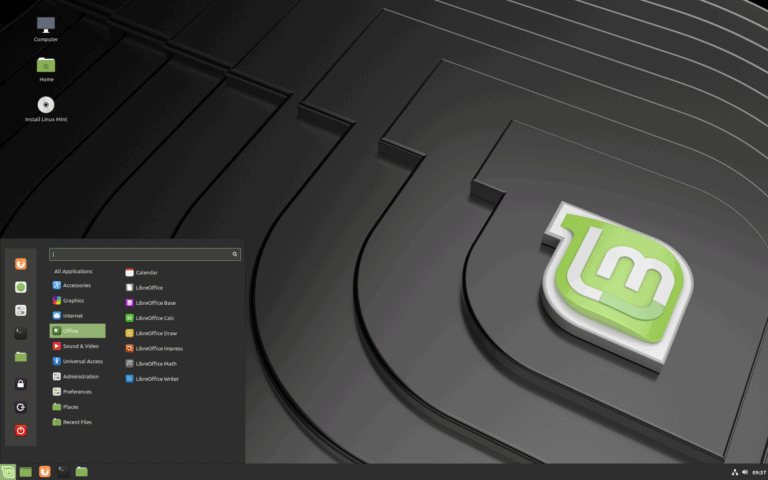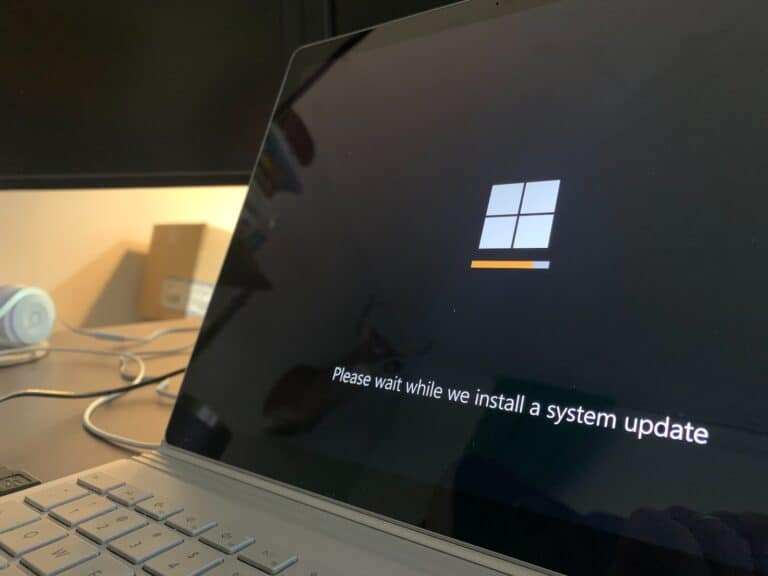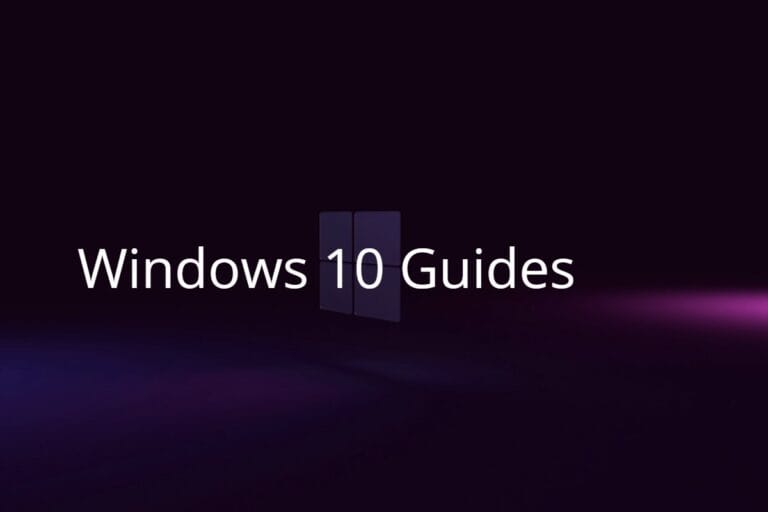Having trouble opening an app can be very frustrating. This issue might be caused by small software problems or more complicated system issues. One important first step to fix this is to check for any updates available for the app. Updates often fix bugs and problems with new operating system versions. If the app keeps crashing or won’t open, looking at the app’s settings and permissions might help. It’s important to ensure that the app has all the permissions it needs to work properly on the operating system. If the problem persists, clearing the app’s cache or data might solve the underlying issues without affecting the phone’s overall functionality.
Why Apps Might Not Open
When an app refuses to open or crashes immediately after launching, it’s usually caused by one of the following:
- Software glitches or bugs
- Outdated app version
- Insufficient storage or memory (RAM)
- Corrupted app data or cache
- Operating system issues
- Network or permission errors
The good news: most of these problems can be fixed in minutes.
📱 For iPhone and iPad
If an app won’t open on your iPhone or iPad, try these steps (source: Apple Support, Guiding Tech):
1. Force Close and Reopen the App
- Swipe up from the bottom (or double-tap the Home button).
- Find the app preview and swipe it up to close.
- Reopen the app from your Home Screen.
2. Restart Your iPhone
Press and hold the Side + Volume Down buttons → slide to power off → wait 30 seconds → turn it back on.
3. Check for App Updates
- Open the App Store → tap your profile icon → scroll down to see pending updates.
- Tap Update All or update the specific app.
4. Check for iOS Updates
- Go to Settings → General → Software Update.
- Install any available updates — they often fix app compatibility issues.
5. Delete and Reinstall the App
- Long-press the app icon → tap Remove App → Delete App.
- Reinstall it from the App Store.
6. Reset All Settings (if other apps also fail)
- Go to Settings → General → Transfer or Reset iPhone → Reset → Reset All Settings.
- This won’t delete your data but will reset preferences and network settings.
🤖 For Android Devices
If an app won’t open or keeps crashing on Android (source: The Geek Page, iGeeksBlog):
1. Force Stop the App
- Go to Settings → Apps → [App Name] → Force Stop.
- Reopen the app.
2. Clear Cache and Storage
- Settings → Apps → [App Name] → Storage → Clear Cache.
- If that doesn’t help, tap Clear Data (this resets the app).
3. Update the App
- Open Google Play Store → Profile → Manage apps & device → Updates available.
- Tap Update All or update the specific app.
4. Restart Your Device
A simple reboot clears temporary glitches and refreshes system memory.
5. Check Permissions
- Go to Settings → Apps → [App Name] → Permissions.
- Ensure the app has access to what it needs (e.g., storage, location, camera).
6. Uninstall and Reinstall
- Long-press the app → tap Uninstall.
- Reinstall it from the Play Store.
💻 For Windows PC
If an app or program won’t open on Windows:
1. Restart Your Computer
This clears temporary system conflicts.
2. Run as Administrator
- Right-click the app → Run as administrator.
- This can fix permission-related launch issues.
3. Update the App
If it’s from the Microsoft Store:
- Open Microsoft Store → Library → Get updates.
4. Check for Windows Updates
- Go to Settings → Windows Update → Check for updates.
5. Repair or Reset the App
- Settings → Apps → Installed Apps → [App Name] → Advanced Options → Repair or Reset.
6. Reinstall the App
Uninstall it and reinstall from the Microsoft Store or the developer’s website.
🍏 For macOS
If an app won’t open on your Mac:
1. Force Quit and Reopen
- Press Command + Option + Esc → select the app → Force Quit.
- Reopen it via Launchpad or Applications.
2. Restart Your Mac
Resets background processes that may block apps.
3. Update the App
- Open the App Store → Updates tab.
- If it’s a third-party app, check the developer’s website.
4. Check macOS Updates
- Apple Menu → System Settings → General → Software Update.
5. Delete App Preferences
- Go to ~/Library/Preferences/ and remove the app’s
.plistfile (advanced users only).
6. Reinstall the App
Drag the app to Trash, empty it, then reinstall from a trusted source.
🌐 Universal Fixes (All Devices)
- Check Internet Connection: Some apps need a stable Wi-Fi or cellular connection to open.
- Free Up Storage: Low storage can prevent apps from launching.
- Disable VPN or Proxy: These can block app servers.
- Check for Device Restrictions: Parental controls or Screen Time limits may block app access.
🧠 Quick Summary Table
| Device | Quick Fix | Last Resort |
|---|---|---|
| iPhone/iPad | Force close → Update → Reinstall | Reset all settings |
| Android | Clear cache → Update → Reinstall | Factory reset (if all else fails) |
| Windows | Run as admin → Repair app | Reinstall |
| Mac | Force quit → Update → Delete preferences | Reinstall |
✅ Final Thoughts
Apps not opening is a common issue — but almost always fixable.
Start with simple steps like restarting the app or device, updating software, and reinstalling the app.
If the issue persists, it may be due to device-level corruption or hardware faults, in which case contacting Apple Support, Google Support, or the app developer is your best next step.
Troubleshooting App Issues
If you’re having trouble with an app that refuses to open, don’t worry! Here’s a breakdown of troubleshooting steps, split into basic and more advanced techniques.
Basic Troubleshooting
- Restart Your Device: A simple restart often fixes temporary glitches. Try turning your device off and on again.
- Check Your Internet: Some apps won’t open without a stable internet connection. Make sure you have strong Wi-Fi or cellular data.
- Update the App: Check the App Store (iOS) or Google Play Store (Android) for updates. Outdated versions might cause problems.
Advanced Troubleshooting
If the basic steps don’t work, let’s dig a little deeper:
- Force Stop the App:
- iOS: Double-tap the Home button or swipe up from the bottom (newer iPhones). Find the app and swipe up to close it.
- Android: Go to Settings -> Apps -> find the app -> “Force Stop”.
- Clear Cache and Data (Android only):
- Go to Settings -> Apps -> find the app -> Storage -> “Clear Cache” and “Clear Data”.
- Caution: Clearing data might reset the app to default settings.
- Check OS Compatibility: Make sure your device’s operating system (iOS or Android) can run the latest app version.
- Reinstall: Delete the app and download it again. This can fix problems if the original installation was corrupted.

Troubleshooting Table
| Technique | Description | Platforms |
|---|---|---|
| Restart Device | Turn your device off and on again | iOS, Android |
| Check Internet | Ensure strong Wi-Fi or cellular data | iOS, Android |
| Update App | Check for available updates in app stores | iOS, Android |
| Force Stop | Close the app completely | iOS, Android |
| Clear Cache/Data | Refresh temporary app files (Android only) | Android |
| Check Compatibility | Make sure your OS supports the app | iOS, Android |
| Reinstall | Delete and redownload the app | iOS, Android |
Key Takeaways
- Updating apps and the operating system can resolve open issues.
- Proper app settings and permissions are crucial for functionality.
- Clearing cache or data can fix problems without compromising the device.
Troubleshooting App Crashes
Apps can crash for various reasons, and solving the issue often requires a step-by-step approach. This section offers clear steps to get your apps back to working order.
Check for Updates
Always ensure the app and your device’s operating system are up to date. Developers release updates to fix bugs and improve stability. For apps, check the Google Play Store or Apple App Store. For system updates, visit your device’s settings.
Restart the Device
Sometimes, a simple restart can fix app crashes. Press and hold the power button, then select restart. This can clear temporary issues by refreshing the system memory.
Force Stop or End Task
If an app is unresponsive, force it to stop. On Android, go to Settings > Apps & notifications > App info, select the app, and tap ‘Force Stop’. On Windows, use the Task Manager: press Ctrl + Shift + Esc, find the app, and click ‘End Task’.
Clear Cache and Data
Clearing the cache removes temporary files which might be corrupted, causing the app to crash. On Android, go to Settings > Apps & notifications > App info, select the app and tap ‘Clear Cache’. If issues continue, try ‘Clear Data’.
Use Troubleshooters
Windows has built-in troubleshooters. For app issues, go to Settings > Update & Security > Troubleshoot. Running the ‘Windows Store Apps’ troubleshooter can find and fix problems.
Advanced Software Repair
For persistent issues, software tools like DISM and System File Checker on Windows can help. Run Command Prompt as an administrator and type DISM.exe /Online /Cleanup-image /Restorehealth and sfc /scannow to repair system files.
Uninstall and Reinstall the App
Uninstalling and reinstalling the app can solve many issues. Delete the app from your device, then download and install it again from the app store.
Modify System Settings
Check for settings that might prevent the app from running. Verify permissions in your device’s settings and adjust as needed. On Windows, ensure that services like ‘Application Identity’ are running.
Check for Specific App Issues
Some apps require specific fixes. Research any known issues with the app and follow recommended steps provided by the developer or knowledgeable users.
Contact App Support
If issues persist, reach out to app support. Provide details about the crashes and any error messages you’re seeing. App developers or vendor support teams can offer direct assistance.
Factory Reset
As a last resort, consider a factory reset. This returns the device to its original software state. Be sure to back up important data first as this process will erase all data on the device.
Frequently Asked Questions
In this section, we address common problems and solutions related to apps not opening on various devices.
How can I troubleshoot an unresponsive app on my iPhone?
If an iPhone app won’t open, start by double-tapping the Home button or swiping up from the bottom of the screen if your iPhone lacks a button. Swipe the app off the screen to force it to close and try opening it again.
What steps should I take if an app fails to open on my Android device?
On an Android, long press the app icon and tap on the info icon to reach the App info page. Then select ‘Force stop’ to quit the app. Restart it to see if it runs properly now.
What might be causing my iPad apps to not launch properly?
Apps on an iPad might not launch if the device is low on storage or the app is outdated. Check for updates in the App Store and make sure there is enough free space on your device.
How do I resolve issues with apps not working on my Samsung phone?
First, restart your Samsung phone. If the app still isn’t working, clear its cache by going to Settings, finding the app, and selecting ‘Clear Cache.’ Reboot your phone again.
What are common reasons for Google apps to malfunction on Android?
Google apps might not work if your device isn’t connected to the internet. Make sure you have a good connection. Also, check if the Google Play Services app needs an update.
What should I do when an app on my device isn’t responding?
If an app is unresponsive, try restarting your device. If the issue persists, uninstall and reinstall the app. Always ensure your operating system is up to date for the best app performance.







